We explore wire mesh, expanded metal, and perforated metal fabrication. These flexible materials are essential in construction, architecture, filtration, and automobiles. Understanding these materials’ complexities can help DIYers and industry professionals make informed project selections. Join us as we discuss the manufacturing process, its distinctive features, pros and cons, common applications, and maintenance advice for each material.
Understanding the Manufacturing Process
Flexible wire mesh, expanded metal, and perforated metal are used in many sectors. But how are they made? To understand, let’s examine each material’s manufacturing method.
The wire might be stainless steel, aluminum, or galvanized. Mesh apertures can be different sizes and shapes depending on needs.
Cuts and stretches on a metal sheet create expanded metal. It generates diamond-shaped holes with interwoven strands. It allows thickness, aperture size, and strand width flexibility.

Perforated metal is made by punching sheets with appropriate equipment. Design criteria determine the hole shape: round, square, or slotted. Perforations protect structural integrity while allowing airflow and light.
Each production technique affects these materials’ qualities and usage. Understanding how things are manufactured helps us evaluate their pros and downsides for projects and applications.
Properties and Uses of Each Material
Wire mesh, expanded metal, and perforated metal have distinct features that make them useful.
It is strong, flexible, and durable. The open shape allows circulation and view while blocking bugs and clutter. Fencing, filtration, animal cages, and architecture use wire mesh.
Cut cuts in a metal sheet and stretch it to make diamond-shaped openings to create expanded metal. This technique strengthens it without adding weight. Walkways, stair treads, ramps, security screens, grating panels, and decorations employ expanded metal.
Sheets of perforated metal have regular holes. The hole pattern size and form depend on the application. Acoustical panels, speaker grills, filters, and screens can employ perforated metal since it breathes and absorbs sound.
Each material has benefits over the other two based on strength or aesthetics.
Advantages and Disadvantages of Wire Mesh, Expanded Metal, and Perforated Metal
Wire mesh, expanded metal, and perforated metal have pros and cons depending on the application. Let’s discuss each material’s essential points.
Wire mesh is strong, durable, and flexible. Airflow and visibility are great while security is provided. Wire mesh is very easy to install and customizable. Due to its open form, wire mesh may not give perfect privacy.
Expanded metal provides benefits. High rigidity and stability in a lightweight package. Expanded metal can handle enormous loads without sacrificing ventilation or drainage. However, it may lack aesthetic appeal compared to other materials.
Perforated metal has many advantages. Its exact hole patterns govern light transmission, ventilation, sound absorption, and screening. Design and decoration are also possible with perforated metal. On the other hand, holes may reduce structural integrity.
Understanding these materials’ pros and cons can help you choose one that meets your project’s needs!
Common Applications for Each Material
Wire mesh’s interlocking grid structure is used for filtering and separation. Industrial machinery uses it as a barrier or reinforcement. Wire mesh is used for concrete reinforcing and animal protection in construction.
Airflow and strength-to-weight ratio are great in expanded metal. Architectural facades and decorative panels benefit from its diamond-shaped apertures. Due to its slip-resistance, expanded metal grating is used on walkways, ramps, and stairs.
Perforated metal sheets manage light and provide privacy. Architectural designs like sunscreens and building facades employ them for ventilation. Perforated sheets might be speaker grilles, air conditioning filters, or equipment screens.

Engine guards and radiator grilles made of wire mesh ensure ventilation and safeguard important components in car manufacture. Automobile body panels use expanded metal due to its lightweight and rigidity.
Wire mesh screens remove pollutants during processing, perforated sheets make sieves for grain sifting, and expanded metal trays support baked goods evenly.
These examples show just a few ways wire mesh, expanded metal, and perforated metal benefit various businesses worldwide!
Maintenance and Care Tips for Each Material
Wire Mesh:
-Check wire mesh regularly for rust or damage. Repair or replace damaged areas immediately.
– Brush or vacuum the wire mesh occasionally to eliminate dirt, dust, and debris.
-Harsh chemicals and cleansers can damage wire mesh. Instead, clean with mild soap and water.
-Reduce moisture and rust by ventilating the wire mesh.
– Lubricate hinges and moving parts for smooth operation.
Expanded Metal:
-The expanded metal should be checked routinely for signs of wear and strain. If necessary, replace damaged sections.
-Remove filth off expanding metal with a gentle brush or cloth. Stay away from abrasives that could scratch it.
– Protect expanding metal with paint or rust-resistant spray.
Perforated Metal:
– Regularly check perforated metal panels for corrosion, particularly in outdoor settings. Apply rust remover and touch-up paint to deteriorated areas quickly.
-Wipe perforated metal with a moist cloth or sponge regularly. To maintain the material’s finish, use mild detergent and avoid strong chemicals. Use compressed air or a soft-bristle brush to remove dirt from perforations.
This maintenance advice will prolong and optimize the performance of your wire mesh, expanded metal, and perforated metal products in numerous applications!

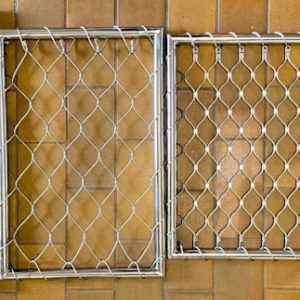

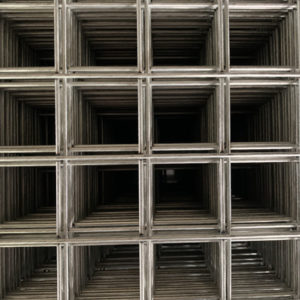
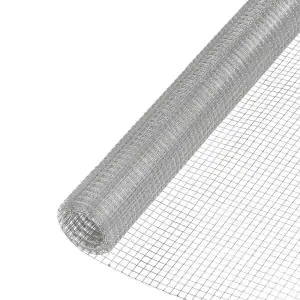
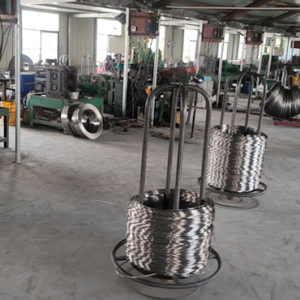
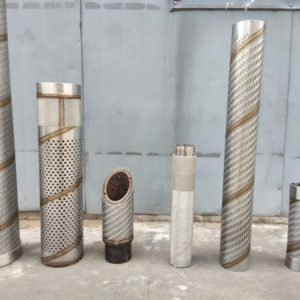

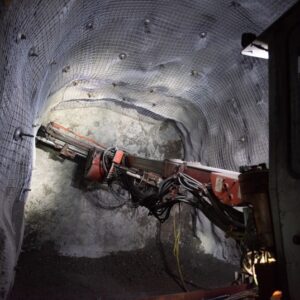
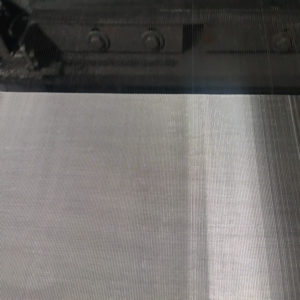

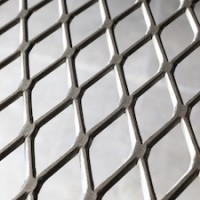
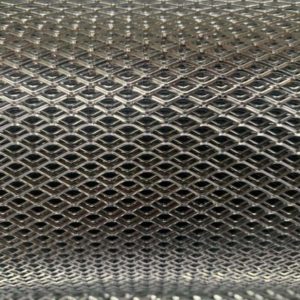
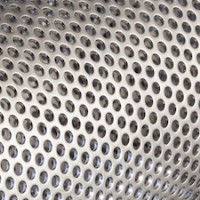
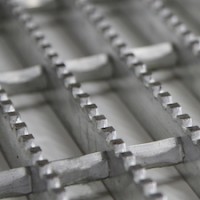
Fantastic site. A lot of helpful info here. I’m sending it to some buddies ans additionally sharing in delicious. And naturally, thanks on your sweat!
soft xyandanxvurulmus.cUhJilmQ3wUB
Fantastic site. A lot of helpful info here. I’m sending it to some buddies ans additionally sharing in delicious. And naturally, thanks on your sweat!
Your point of view caught my eye and was very interesting. Thanks. I have a question for you.
I don’t think the title of your article matches the content lol. Just kidding, mainly because I had some doubts after reading the article.
Your point of view caught my eye and was very interesting. Thanks. I have a question for you.
Thank you for your sharing. I am worried that I lack creative ideas. It is your article that makes me full of hope. Thank you. But, I have a question, can you help me?